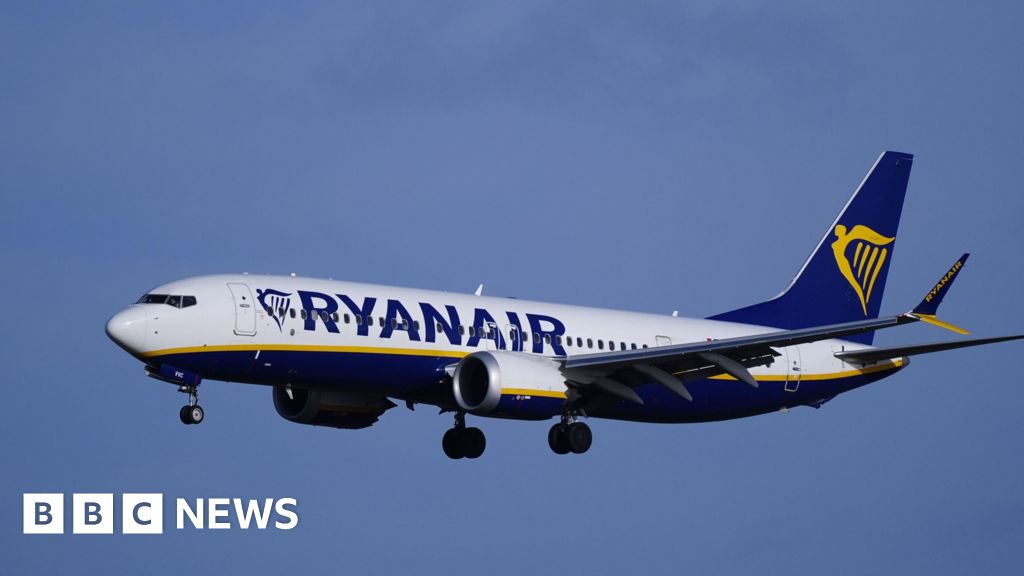The Medicines and Healthcare products Regulatory Agency (MHRA) is exploring a move to a more flexible, iterative licensing regime for treatments targeted at rare diseases – broadly, medicinal products intended to treat conditions prevalent in no more than five in every 10,000 people, also known as orphan medicines – after identifying problems with the way existing regulatory requirements map to such treatments.
“Current regulatory pathways assume large populations, standard endpoints, and multiple trials,” the MHRA said. “Rare disease therapies, however, need flexibility, adaptable trial designs, real-world evidence, and expedited review – needs that existing frameworks do not adequately support.”
The MHRA’s plans for a more adaptable regulatory regime for orphan medicines are not yet fully fledged – it intends to publish a draft framework by spring 2026 – but its recent policy paper provides an insight into how the system might operate. At the heart of the plans is the intention to develop “a regulatory process which bridges clinical trials and marketing authorisations”.
In practice, this could mean the MHRA granting “preliminary approvals” based on “appropriate, albeit limited, evidence” with “iterative reassessment” thereafter. It might also involve substituting the need for some clinical trials by relying on other “real-world data” or “natural history comparators”.
The system could be underpinned by a pooling of data internationally via new “global rare disease registries”, so that developers would have a greater sample size to consider patients and outcomes. Other “appropriate post-market monitoring”, the MHRA said, might entail the need for further studies to be undertaken to “clarify and further define risks” if new evidence emerges once products have been brought to market.
The MHRA said it is seeking to ensure that the new regulatory regime for orphan medicines is aligned with the health technology assessment process, which in England is overseen by the National Institute for Health and Care Excellence (NICE). However, experts in medicines regulation at Pinsent Masons called on the MHRA to go further.
Catherine Drew of Pinsent Masons said: “This is a bold approach from the MHRA and is clearly targeted at making the UK an attractive place for the approval of therapies for rare diseases. One could imagine that on the proposed pathway the UK acts in effect as a ‘test bed’ environment, generating further data; prior to the therapy being rolled out globally. Such an approach has the potential to benefit UK patients – if this innovative approach is coupled with an innovative bespoke reward, be that regulatory or intellectual property, such as an additional supplementary protection certificate (SPC) term. There is also the potential of additional significant benefit to originators in engaging with the MHRA in this regime.”
“However, the regulatory pathway for orphan medicines is only part of the puzzle. The MHRA has not addressed the question of the NHS then paying for the products that are developed,” she said.
Gareth Morgan of Pinsent Masons added: “With orphan medicines, the market manufacturers are supplying to is often very small, meaning the price they need to charge healthcare providers like the NHS to obtain a fair return on their investment is typically significantly greater than the average medicinal product.”
“NICE has said that there is flexibility in the system – that they can spend three- to 10-times more than average on rare disease therapies – but many clients do not benefit from this. NICE also said its remit is to get the most ‘health per pound spent’ – an overarching metric that is at odds with the idea of investing in rare disease therapies. In our experience, many clients have struggled to get NICE on board due to the high level of statistical uncertainty around outcomes that low patient numbers bring to orphan drug studies. This level of uncertainty often bleeds into pricing negotiations as NICE will use outcome uncertainty against companies, for example, inferring lower efficacy – and, under its QALY metrics, apply a lower value to the product than manufacturers can reasonably accept,” he said.
“It is imperative that the MHRA seeks alignment of pricing issues with a revised regulatory pathway for orphan medicines if manufacturers are truly going to be incentivised to focus greater resources into the development of those treatments for the UK market,” Morgan said.





